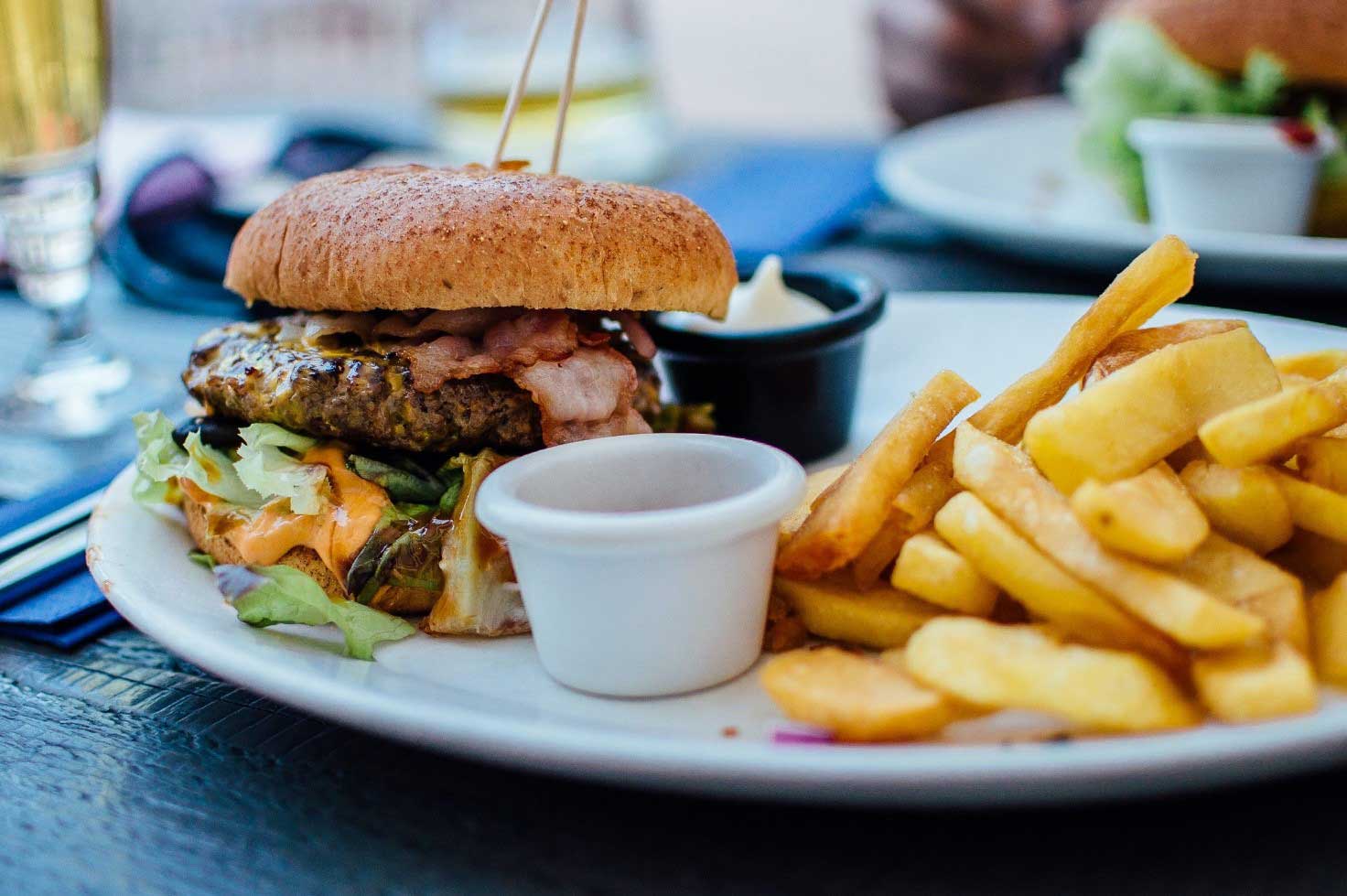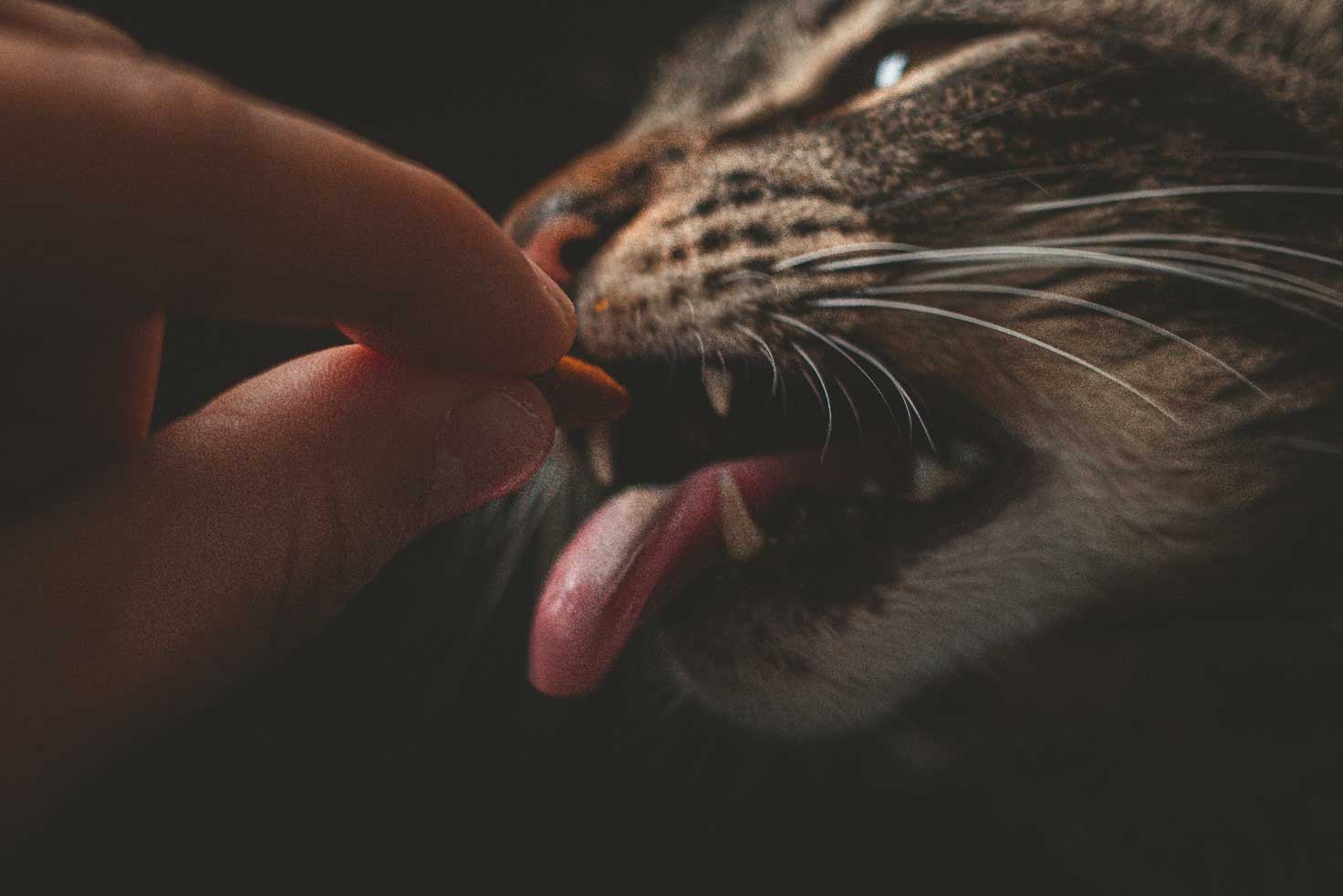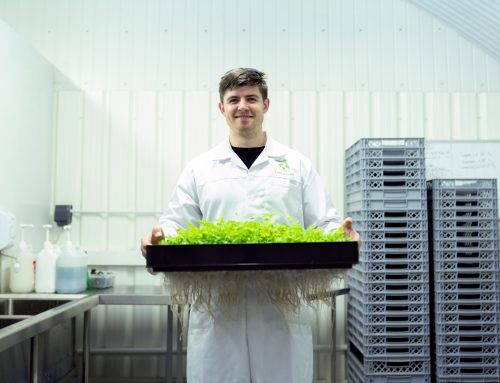12 September 2023
The realm of food production, vital to our well-being, has at times been tainted by covert acts of food fraud, casting doubt on safety and integrity. In this article, we delve into five pivotal food fraud cases that have shaken the industry, emphasizing the imperative need for unwavering vigilance in ensuring food safety and authenticity.
1.The American Salmonella-Polluted Peanut Butter Debacle of 2009: Stewart Parnell, the former CEO of Peanut Corporation of America, orchestrated a chilling display of negligence by knowingly dispatching salmonella-tainted peanut butter across the United States. The repercussions were dire, leading to a substantial outbreak of foodborne illnesses, including fatalities. This grim episode underscored the pivotal role of stringent regulations and ethical corporate practices in ensuring public health.

2. The Chinese Melamine Milk Tragedy of 2008: In a stark manifestation of profit-driven deceit, Chinese dairy entities resorted to a disheartening stratagem to inflate protein measurements. By adulterating milk with melamine, a substance found in plastics, they circumvented protein content assessments. This deceptive manoeuvre resulted in a staggering toll of nearly 300,000 affected infants, with six tragic fatalities due to kidney-related ailments. The aftermath triggered global re-evaluation of food safety protocols and their enforcement.

3. The Spanish ‘Olive’ Oil Deception of 1981: Spain bore witness to a heart-wrenching disaster in 1981, stemming from an unscrupulous manipulation. Industrial rapeseed oil, unsuitable for human consumption, was illicitly laced with the toxic compound aniline and deceptively passed off as ‘olive oil’. The ensuing ‘Toxic Oil Syndrome’ outbreak left over 20,000 individuals afflicted and approximately 1,000 lives lost. This enigmatic syndrome exposed the intricacies of identifying foodborne hazards and sparked a relentless pursuit of answers.

4. The Irish Horsemeat Unveiling of 2013: Startling revelations shook Europe as horsemeat was clandestinely discovered in beef products retailed by major chains. The intrusion of horsemeat into the supply chain not only deceived consumers but also ignited discussions about traceability and accountability. This incident underscored the significance of stringent regulatory measures to safeguard both authenticity and consumer trust.

5. The American Pet Food Contamination of 2007: The tentacles of food fraud reached even the pet food domain in the United States. The surreptitious introduction of melamine-contaminated wheat gluten led to the demise of countless pets and, alarmingly, impacted human health due to consumption of tainted ingredients. This crisis highlighted the interconnectedness of supply chains, necessitating rigorous scrutiny to prevent unintended repercussions on consumers.

These poignant food fraud episodes underscore the imperative of maintaining the utmost standards of food safety, transparency, and ethical practices. Beyond the financial implications, the aftermath of these fraudulent actions ripples through health, trust, and the very fabric of our food systems. As we navigate the landscape of food security and integrity, the h-ALO Project stands as a beacon of hope and innovation. By fortifying our commitment to unwavering food safety measures and embracing cutting-edge technologies like optical analysis systems, we can collectively forge a more resilient and secure global food landscape for present and future generations. Just as the h-ALO Project strives to revolutionize agricultural practices, let us each contribute to a future where the shadows of food fraud are vanquished by the light of knowledge, vigilance, and progress.
* Images source: Unsplash.com
Do you know any other cases of food fraud? Let us know in the comments






Leave A Comment